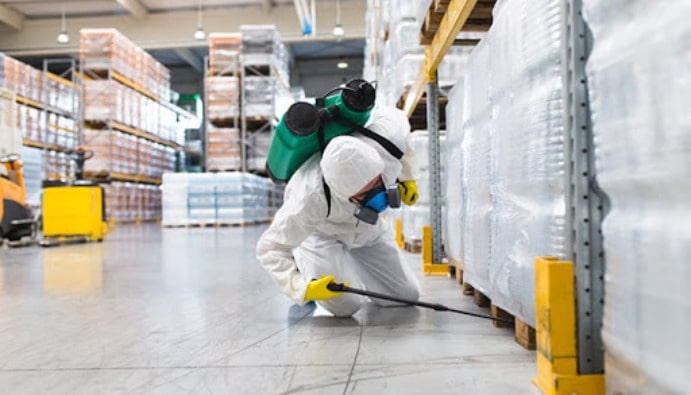
BLOG
KATEGORİDEKİ DİĞER YAZILAR

Biocidal products are classified into 4 main groups and 22 types. One of the important main groups is Main Group 3: Pest control. Product type 14: Rodenticides are also included in this main group.
Rodenticides are used as food poisons or gases for the control of mice, rats and other rodents. As food poison, they are applied to maize, placed in a block of edible material or dispersed as a powder in areas where pests move.
Rodenticides are in most cases formulated as ready-to-use products such as loose baits based on grain or other vegetable matter, or as pellets, wax blocks or liquid poisons. Concentrates with the active ingredient in a suitable solvent mixed with a bait base at the location in question are also available on the market for specialized purposes.
Finally, some rodenticides are formulated as tracking powders (contact powders).
Activity Mechanism
Rodenticides affect the physiology of rodents with fatal consequences. These products usually work in the following way:
Anticoagulant rodenticides are divided into two as first and second generation:
Human and Environmental Safety: Rodenticides should be used with caution as they contain toxic compounds. Misuse can pose serious risks to children, pets and other wildlife. Environmental risks include contamination of ground and surface water and exposure to non-target organisms.
Safety Precautions: Products should only be applied in accordance with the instructions for use.
Toxicology Assessment: Acute, subacute and chronic toxicity levels of rodenticides are studied to assess their effects on humans and animals.
Regulations and Approval: In the European Union, rodenticides are evaluated and approved under the Biocidal Products Regulation (EU BPR No 528/2012). Efficacy tests and environmental impacts are evaluated and the product is authorized for use. In Turkey, the licensing of rodenticides is carried out by the Ministry of Agriculture and Forestry.
Nanolab Laboratories Group continues to provide services within the scope of Biocidal Efficacy Tests. We also provide services in Irritation Tests.
Contact us for more information.
You can follow us on LinkedIn for up-to-date news and posts about our services.
Follow our Instagram account to be informed about our latest blog posts.